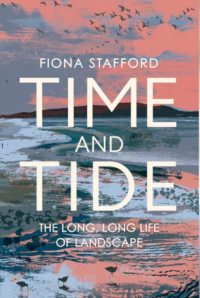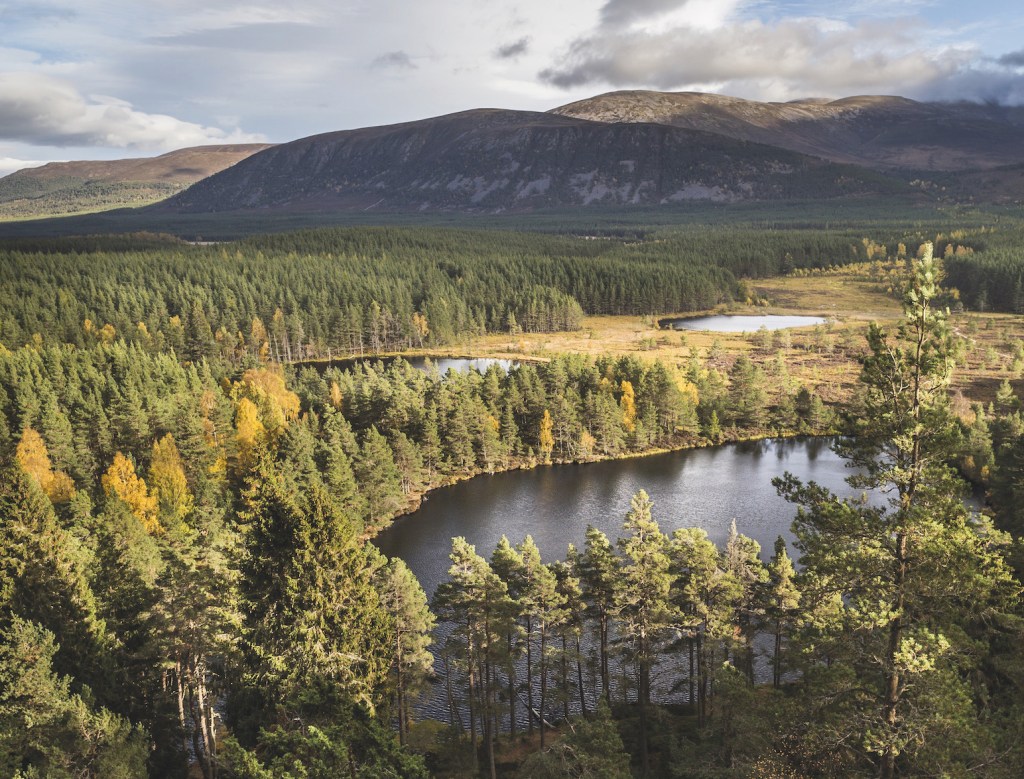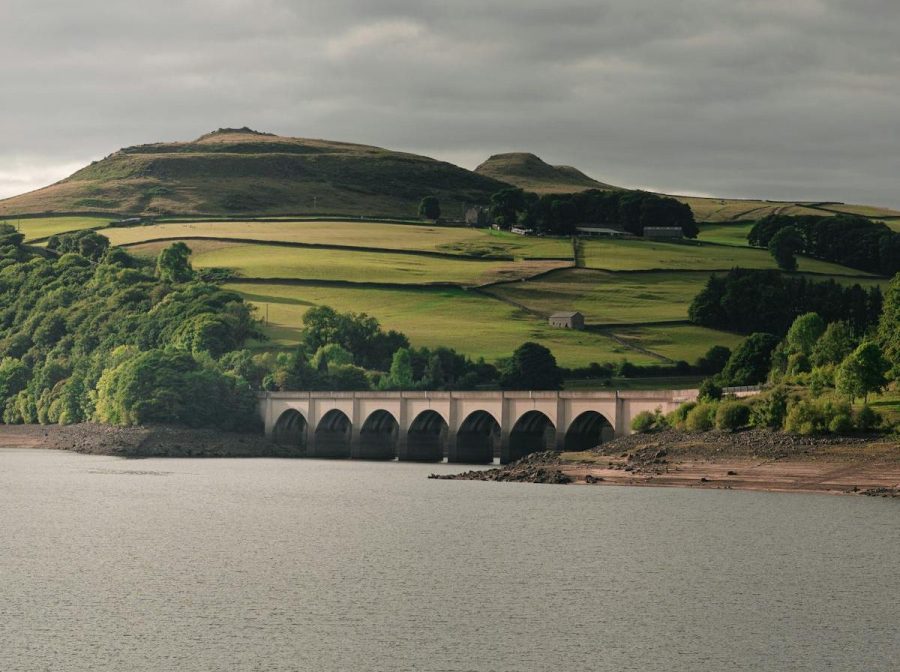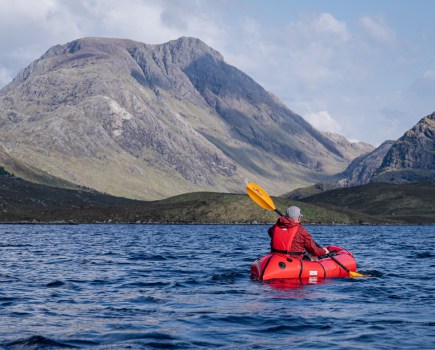Ronald Turnbull praises the literary history in Fiona Stafford’s Time & Tide: The Long, Long Life of Landscape.
Fiona Stafford, author of Time & Tide, is a professor of English at Oxford University, where her special subject is the English Romantics: the Wordsworths and the Shelleys, Coleridge, Robert Burns, John Keats, John Clare. The very people who created our way of looking at the English and wider British landscape, in fact. She’s written both a Brief Life of Jane Austen, and The Brief Life of Flowers. Pleasingly, her earlier essay on Keats’s nature writing is called Keats, Shoots and Leaves. And her prequel to this book, The Long, Long Life of Trees, won the Sunday Times Nature Book of the Year, 2016.
Main image: Ladybower reservoir in the Peak District | Credit: Alex Tinca
First off, the book is beautifully written. I’d been hoping for something special from someone who’s such a serious fan of Coleridge and the Shelleys. And yes, here’s the Solway shoreline, on the Cumbrian side, on a misty morning at slack tide:
It is hard to say whether the tide is flowing in or out, ebbing, flowing, or on the turn, as the river makes its way into the sea, the sea into the river, stirring in slow-motion backwards and forwards as if a full circle would be too much. The birds understand things better here, cutting across just above the surface, taking quick steps across the flats, sweeping down like scattering speech marks. The only sounds are from the sky.

The ‘New Nature Writing’ developed from the likes of Richard Mabey, Helen Macdonald, Robert Macfarlane: some date it from the Summer 2008 ‘New Nature’ issue of Granta. Sixteen years on, one of those ‘start of 2024’ surveys suggested that we’ve now passed peak New Nature. Certainly, every imaginable bird now has its own book about it – though the humble dunnock or hedge sparrow may still be up for grabs.
When we consider the greats of this perhaps-now-fading genre: H is for Hawk conveys Helen Macdonald’s passion, indeed obsession, with one bird, the goshawk. The Salt Path is a tale of redemption through the kindness of strangers and the rigours of the South West Coast Path. The Living Mountain is about an all-consuming love of the Cairngorms.
But here’s the difficulty. Sixteen years into the New Nature, what is there for the rest of us to write about?

The Uath Lochans in Glen Feshie, Cairngorms. Photo: Shutterstock
Time & Tide is subtitled ‘The Long, Long Life of Landscape’. And yes, there is an overall topic. It’s a series of vignettes of the “fluid, in-between world of shifting light”: places of land or water or both at once, like the vanished Whittlesey Mere of north Cambridgeshire, Fingal’s Cave on Staffa, the drowned valleys of Ladybower in the Peak District or Thirlmere under Helvellyn, the Solway shoreline. And I give Professor Stafford a big bonus point for writing the entire book without once using the buzzword ‘liminal’.
Very strong on the literary history and connections, I found Time & Tide less commanding on the science side. As one example, the homing instinct of salmon is described as ‘mysterious’ and leave it at that. In fact quite a lot is known about salmon geolocation: weird and interesting stuff it is too. But that disappointment is sea-washed away by the high-speed horsemen in Walter Scott’s ‘Redgauntlet’, hunting that salmon with spears along the slippery channels of the Solway.
Not every nature book has to stride across the heights: there is a place for the ramble around field corners, odd muddy places along the shoreline. And as I said, it is most beautifully written. It certainly makes me want to look up Fiona Stafford’s one on Speyside’s poetic faker Ossian MacPherson.
Time & Tide: The Long, Long Life of Landscape is published by John Murray Press (£20, hardback).
When contributors to The Great Outdoors aren’t out walking, some like to relax with a good book. Read their outdoor book reviews and discover your next adventurous bedtime story.








